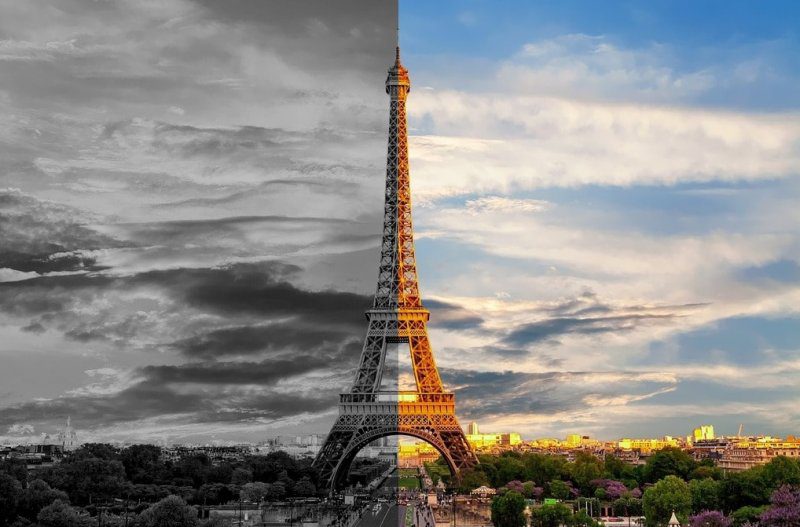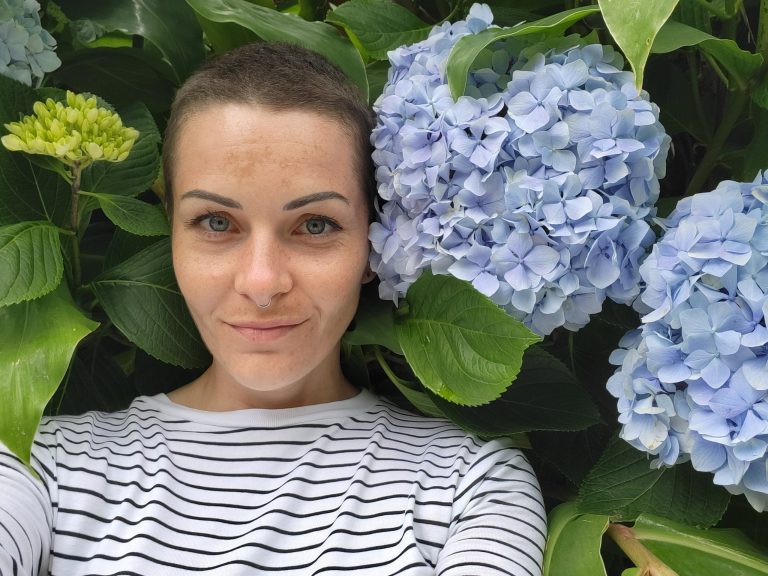Polarities: The Right Balance Depends on the Weigher
One of Gestalt therapy’s concepts is that of polarities, which refers to opposing forces the individuals possess. Polarities can be both intrapersonal (within the self) and interpersonal (with the other) and can apply to different contexts such as the self, the therapy process, the style of contacting, and polarities in our culture.
Each quality that we hold is at one end of a continuum and is accompanied by the opposite end of that continuum. For example, as we possess an ability to love, we also possess an ability to hate. Just as the light needs the dark for it to exist, each quality has its polar opposite. One can imagine the yin and yang, which links to concepts of duality and interconnectedness. When we focus on our self-concept, there are some qualities, which we more or less, own or disown. Below are a few examples of polarities in relation to self-concept (Zinker, 1977):
Kindness & Cruelty
Selflessness & Selfishness
Fluidity & Rigidity
Warmth & Coldness
Friendliness & Distance
To achieve a healthy functioning, each polarity needs to be extended so that both sides have a better range on the continuum. The individual needs to stand between the tensions of these two opposites. For example, one can understand that at times they need to be friendly with others, while at other times they need to keep their distance. By becoming more aware of our polarities, we can allow extensions of them both; hence, a space is created for a complete and differentiated experience.
A type of polarity we can perhaps all relate to is the Top dog and Underdog, as identified by Perls (1969). The Top dog refers to the voice of what the individual should do (our will), while the Underdog is the voice which is more spontaneous, rebellious and impulsive (our free spirit). An example of these two can be:
Top dog: I really must go for a run and be more physically active.
Underdog: Never mind that, I want to lie on the sofa watching a movie.
The above example creates a form of ‘split’ in the individual. In Gestalt therapy, this can be worked through the Empty chair technique, where the client is encouraged to enter a role-play for each part, role-playing the split created. This allows exploration of what is being said in the argument and the process of the dialogue, for example, how one part spoke to the other part. The expression from both sides, allows the therapist to mediate between the two, aiming towards achieving integration and appreciation of one other. Melnick (2003) noted how ‘it takes two to resolve an issue and only one to keep resolution from happening’. Something to remember when we are facing conflict between two polarities is asking ourselves if this is an internal or an external conflict imposed from the outside environment.
Polarities are inner conflicts everyone faces. The two extremes on the spectrum can be worked through by integrating both sides into one. In Gestalt therapy, we believe that everyone can become aware of these sides, working towards achieving a balance. To conclude, a French writer named Guy de Maupassant, lived in Paris in the 19th century and he despised the Eiffel Tower. However, he had lunch daily in the restaurant beneath the tower, as it was the only place he could not see it. This example shows that perhaps it takes acknowledging an opposing view to find what we really are looking for.
If you think that you can benefit from professional support on this issue you can reach out here.
Charlot Cauchi is a Trainee Gestalt Psychotherapist currently reading for a Masters in Gestalt Psychotherapy with Gestalt Psychotherapy Training Institute Malta (GPTIM) and working at Willingness as a Trainee Psychotherapist. He has experience with adult clients with mental health difficulties, anxiety, depression, loss, trauma, stress and relational issues.
References
Mann, D. (2010). Gestalt therapy: 100 key points and techniques. (1st ed.). Routledge.
Melnick, J. (2003). Editorial: Conflict. Gestalt Review, 7(3), 175–179.
Perls, F. (1969). Gestalt Therapy Verbatim. Real People Press.
Zinker, J.C. (1977). Creative process in Gestalt therapy. Vintage Books.







